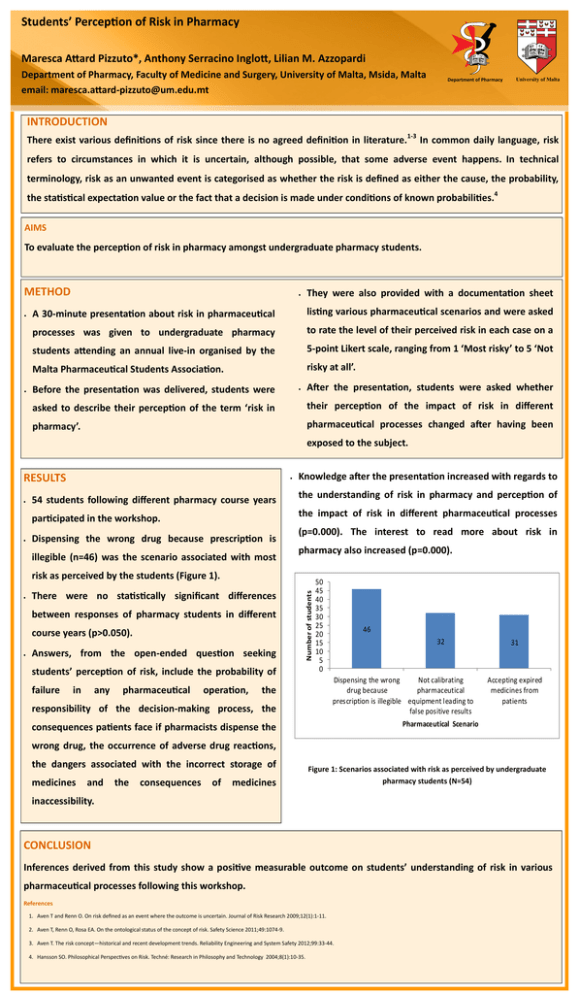

Perception is how an individual selects, organizes, and interprets information to create a meaningful picture. The world, as it is perceived, is the world that is important for understanding human behavior. People’s behavior is based on their perceptions of reality, not reality itself. Thus, for understanding human behavior, it is very important to understand their perception, that is, how they perceive different situations. If we walk in their shoes, we will gain a new perspective about things and, in that, understand the other and also can love and help the other more appropriately.
Perception can be important because it offers more than objective output it ingests an observation and manufactures an altered reality enriched with previous experiences.In order to deal with subordinates effectively, managers must understand their perceptions properly. This problem is made more complicated by the fact that different people perceive the same situation differently. Perception is very important for the manager who wants to avoid making errors when dealing with people and events in the work setting.With the help of perception, the needs of various people can be determined because their needs influence people’s perceptions.One person may view the facts in one way, which may be different from the facts seen by another viewer. If people behave based on their perception, we can predict their behavior in the changed circumstances by understanding their present perception of the environment.When we buy something, it is not because it is the best, but because we take it to be the best. Whatever we see or feel is not necessarily the same as it really is.


Perception is very important in understanding human behavior because every person perceives the world and approaches life problems differently.Perception not only creates our experience of the world around us it allows us to act within our environment. Through the perceptual process, we gain information about the properties and elements of the environment that are critical to our survival. It is our sensory experience of the world around us and involves both the recognition of environmental stimuli and actions in response to these stimuli. It is the process by which an organism detects and interprets information from the external world by means of the sensory receptors. It also includes how we respond to the information. It can be defined as our recognition and interpretation of sensory information. Perception is a subjective, active, and creative process through which we assign meaning to sensory information to understand ourselves and others. The meaning of perception emphasizes all these three points. In simple words, we can say that perception is the act of seeing what is there to be seen.īut what is seen is influenced by the perceiver, the object, and the environment. The study of these perpetual processes shows that their functioning is affected by three variables: the objects or events being perceived, the environment in which perception occurs, and the individual doing the perceiving. It also involves the cognitive processes required to process information, such as recognizing a friend’s face or detecting a familiar perfume. It also includes what is known as perception, a set of senses involving the ability to detect changes in body positions and movements. Perception includes the five senses touch, sight, taste, smell, and sound. Robbins, perception can be defined as “the process by which individuals organize and interpret their sensory impressions to give meaning to their environments.” Uday Pareek said perception can be defined as “the process of receiving, selecting, organizing, interpreting, checking, and reacting to sensory stimuli or data.”Īccording to S. Gilmer, “Perception is the process of becoming aware of situations, of adding meaningful associations to sensations.” Perception depends on complex nervous system functions but subjectively seems mostly effortless because this processing happens outside of conscious awareness.Īccording to Joseph Reitz, “Perception includes all those processes by which an individual receives information about his environment-seeing, hearing, feeling, tasting and smelling.”Īccording to B.


 0 kommentar(er)
0 kommentar(er)
